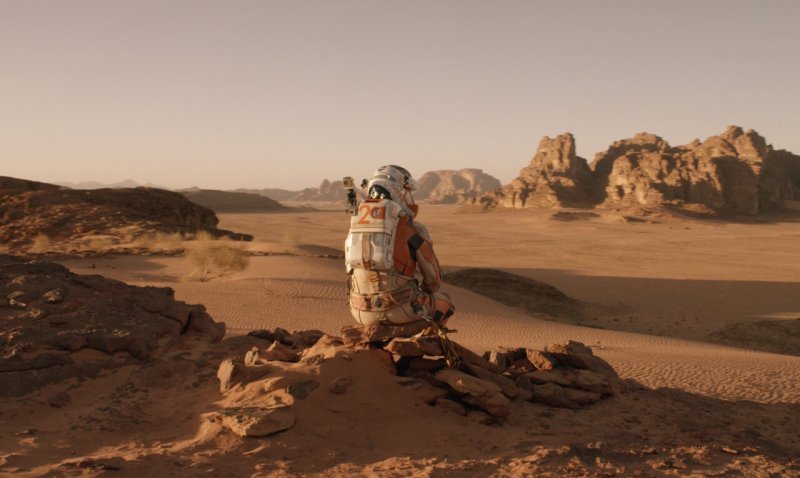Editor’s note: Zahaan Bharmal is the Head of Marketing Strategic Communications at Google and has a degree in Physics from Oxford University
In July this year, the Earth and Mars will come closer than at any other point in the last 15 years. They will be in perihelic opposition, meaning Mars will reach the nearest point in its elliptical orbit while the Earth simultaneously passes directly between Mars and the sun.
…
Unfortunately, we are not ready to send humans to Mars in 2018.
…
If we are going to put a human footprint on Mars in the next 15 years, we will need to address three big challenges: rockets, restlessness and radiation.
…
SpaceX eventually plans to replace its current fleet with a single one-size-fits-all rocket, called the BFR, capable of carrying 100 people and a payload of 150,000kg.
…
Elon Musk believes that for people to actually want to go to Mars, the journey has to be fun. That is why plans for the BFR crew compartments include zero-gravity games, movies, lecture halls, cabins, and a restaurant, Musk believes passengers “are going to have a great time!”
…
[W]ill we be ready in 15 years? Uncertain. Radiation arguably represents our greatest threat. Clearly, the challenges in sending humans to Mars are immense. But so too are the opportunities, and I remain optimistic that we will see a human footprint on Mars in the next 15 years. As Elon Musk once said: “I think fundamentally the future is vastly more exciting and interesting if we’re a
spacefaring civilisation and a multi-planet species than if we’re not.”
Read full, original post: Will we be ready to put a human footprint on Mars in 15 years?































